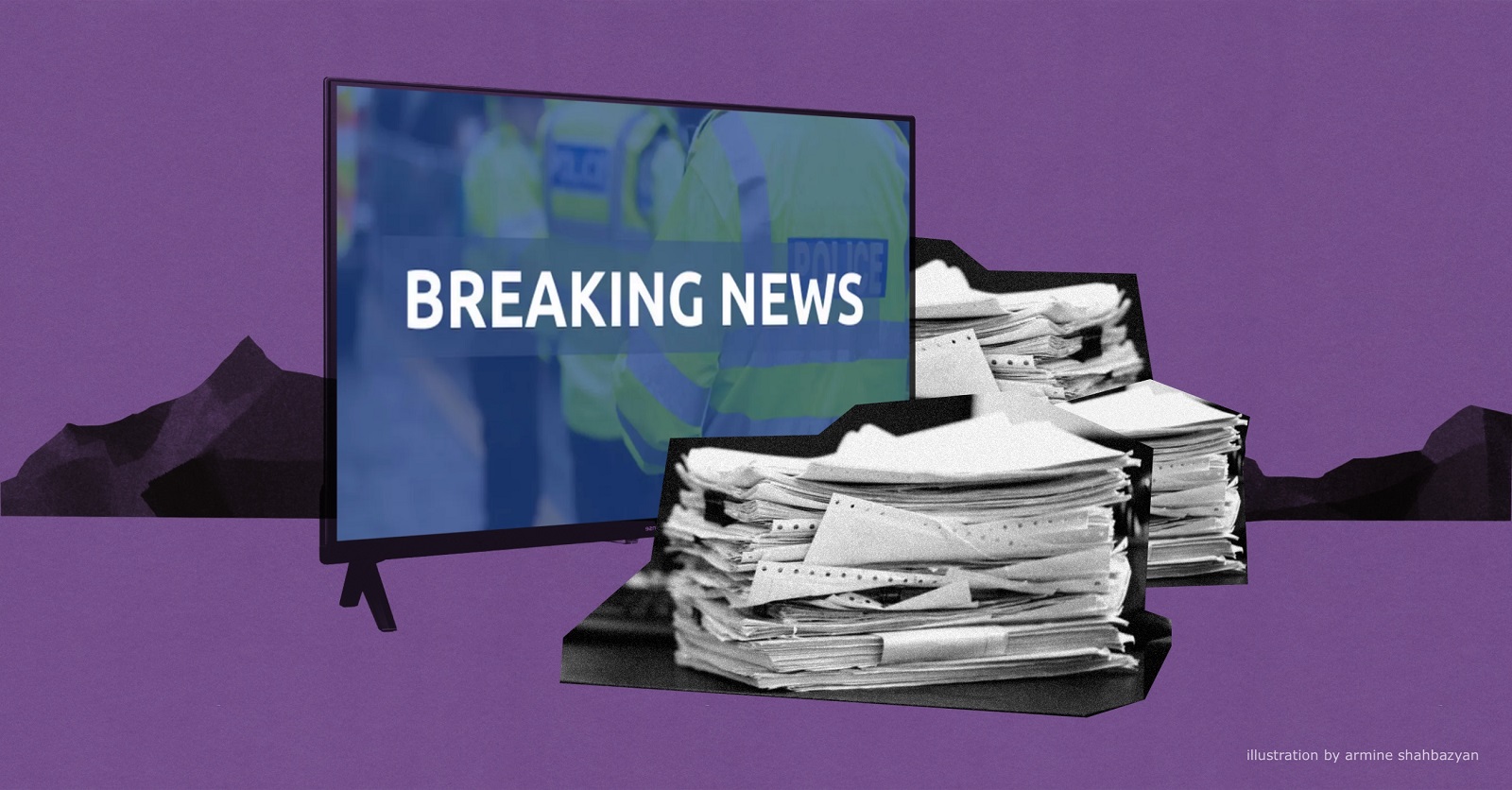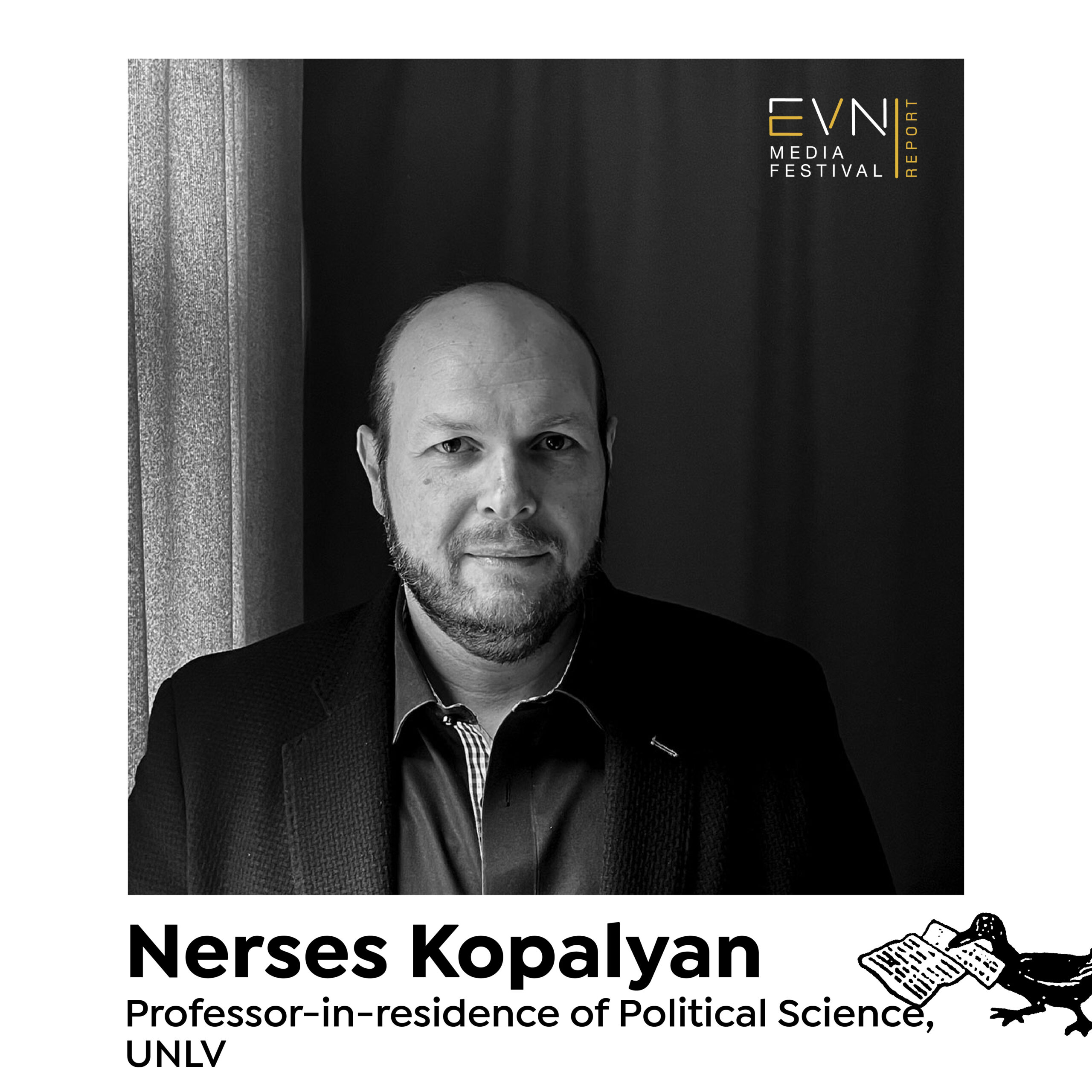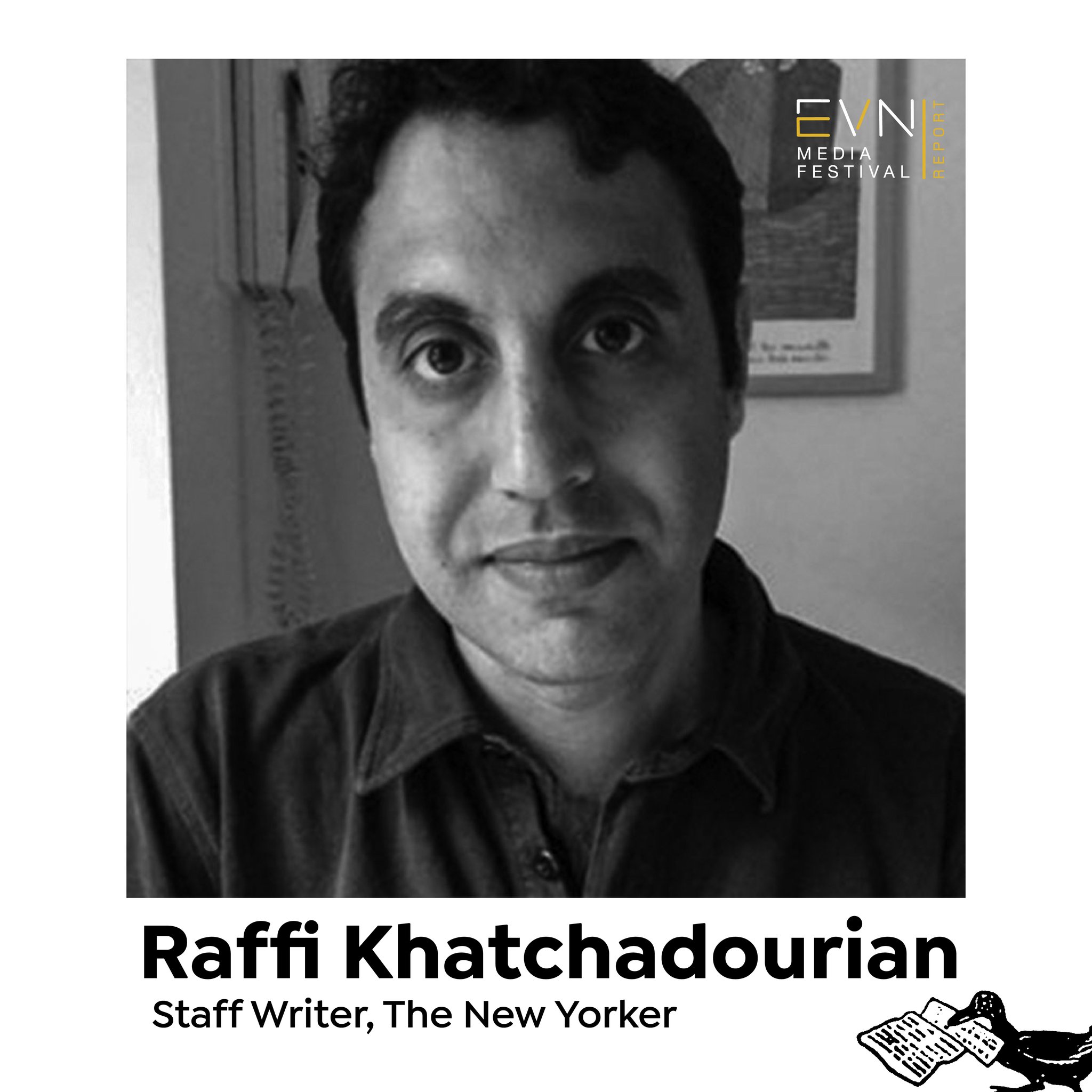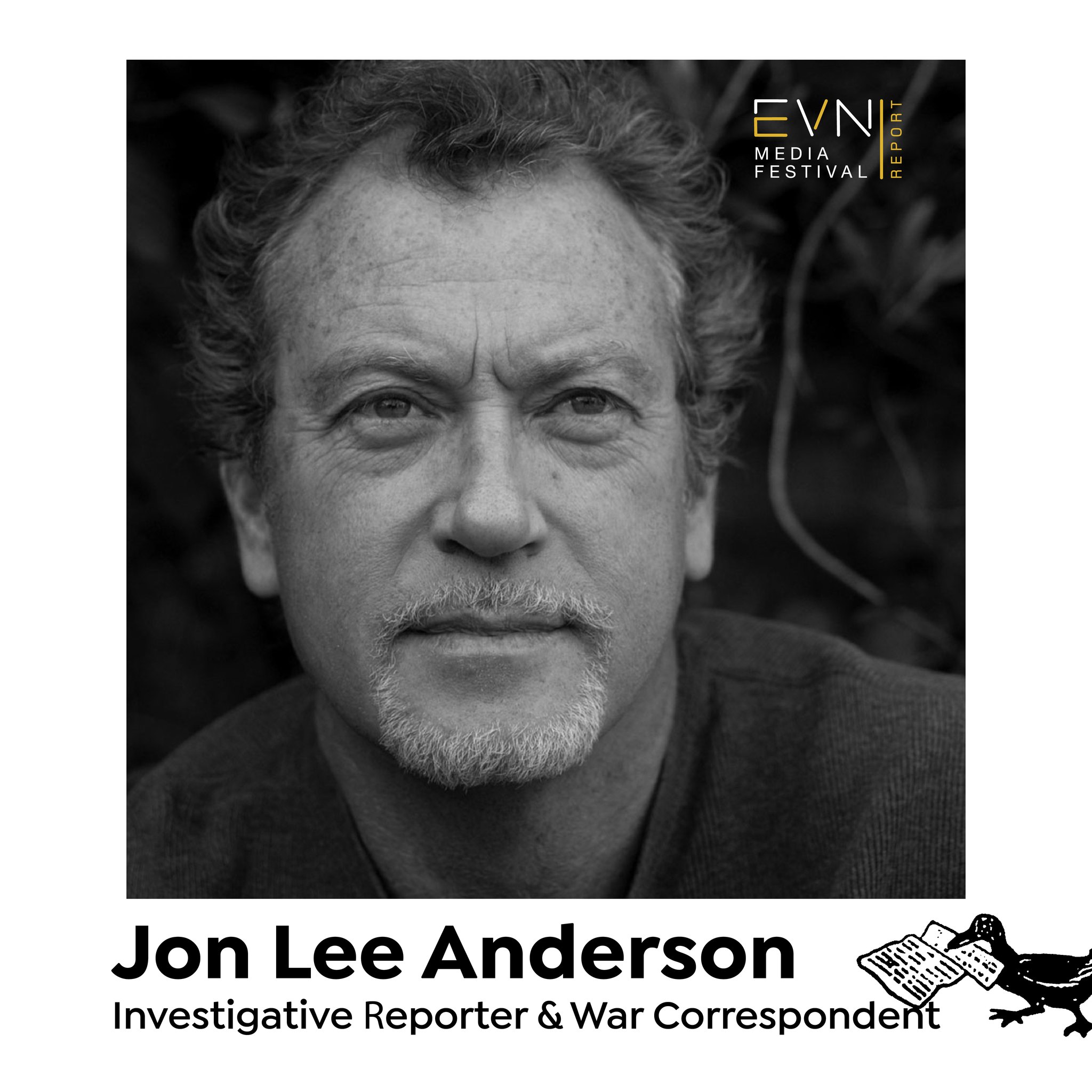
Listen to the article.
Staring into a camera lens can be one the most intimidating things there is. I remember my first live broadcast, anxious about being live on camera in front of tens of thousands of people. Like most things though, you get used to it. However, what I can’t get used to are the time constraints. Even after six years of working as a journalist, I often wonder: how can I effectively summarize an event in a minute and forty-five seconds, or in 500 words? Can I do my job properly under these conditions?
This article explores how media and journalists collect and disseminate information from both practical and theoretical perspectives. Understanding the mechanisms behind information production can give us a better grasp of the current challenges faced by the media and the potential impacts on coverage of regions like Armenia’s.
Fastnews
A coworker once compared news consumption to fast food: Quality isn’t the most important thing, but rather getting it quickly and giving us what we were looking for.
Watching TV news, you’ll notice that international news comprises several short stories, including on-the-ground broadcasts, expert analysis, live coverage, and edited news agency footage. Within 20 minutes, news can transport you to Ukraine, Gaza, Brazil, China, or the U.S. In the midst of this, correspondents appear on screen, reporting on current events in their region. I am one such correspondent, reporting from Armenia to an international audience.
Admittedly, Armenia isn’t on many people’s radars. On top of that, the South Caucasus has a dense, long history that’s crucial to understanding current events. Do I have time to delve into historical complexities when I report? I don’t. Journalists, by training, must be concise and able to summarize local events for a given audience.
But in Armenia’s context, the region isn’t very visible among other international news. Being one of the few journalists based here who raises local issues to a global audience, I feel a responsibility. Yet, I know I don’t have time to present the full picture. This, to be fair, is the norm; reporters don’t typically cover exhaustively. They share key elements, which are complemented by other sources, commentators, and articles.
This is where things get tricky for Armenia: there is a lack of a diverse range of news produced for international audiences.
Using concise formats is not a novel concept in news because capturing people’s attention has always been a challenge. Journalism schools teach us early on to assume that the reader may not stay engaged. We start our reports with the most critical information (the five W’s: who, what, when, where, why), then delve into important details, and conclude with general background information. This structure is also known as the inverted pyramid. The fear of losing the reader’s attention is as old as journalism itself.
Rayya Roumanos, the co-director of the Journalism Institute of Bordeaux and a researcher in information and communication science, explains, “This fear is now institutionalized. What was once literary journalism has transformed into efficient journalism. And what mattered the most became how many newspapers you could sell.” In a world where information supply is growing exponentially, the struggle for audience attention is fiercer than ever. Imagery plays a significant role in this, leading to a heightened demand for sensationalism.
During the Artsakh blockade, attracting international press attention was challenging, because we didn’t have much to show. With the help of local journalists, we managed to produce a few reports showcasing the empty shelves and queues for bread in Stepanakert, as well as the Armenians of Artsakh stranded on the Armenian side of the border. However, interest from editors quickly dwindled.
That changed on September 19. The outbreak of war brought striking visuals of wartime footage and long car queues as people fled Artsakh. The crisis was now tangible, quantifiable, and visually impactful. Within a few days, media from around the world descended on Goris.
But then, attention shifted on October 7 to the Near East and particularly to Israel and Gaza. Even the war in Ukraine briefly lost press attention, as did Artsakh and Armenia. News follows the escalation of crises. Wherever a crisis intensifies, a group of reporters is always ready to move to the next hotspot.
On “Parachute Journalism”
The practice of “parachute journalism” often arises when covering “complicated” areas, as briefly described in Part I. When breaking news –– usually related to conflict –– occurs, many media outlets send their best reporters to the scene. As Rayya Roumanos puts it, this happens under the assumption that, “journalists are superhumans who have the capacity –– thanks to their ability to gather information, detect the right sources and so on –– to understand, synthesize, and report to an audience that is similar to them.”
This role can carry a certain prestige. Some reporters even take pride in the passport stamps, sometimes using despicable phrasing such as “I ‘did’ Afghanistan” or “I ‘did’ Iraq”. We may mythologize journalists as superhumans, but there is no evidence that proves they have ever truly “done” any country, whatever that might mean.
Parachute journalism provides visibility to hard-to-access areas. The 2020 Artsakh War saw a significant number of journalists, some highly experienced, and others not flooded the region. The latter often coming for the thrill of covering their first war. Today, parachute journalists need to be even more humble and cautious in their reporting, as many other actors like civilians, activists, and experts are also on the ground and can publicly contradict them. Criticism of parachute journalism largely stems from reporters’ lack of knowledge about the region, its history and language, which can result in poor-quality reports. Some reporters never return to the field to follow up on the story. According to Anna Weekes, a journalist, media activist, and coordinator of the Postgraduate Diploma in Media Management at Rhodes University, adding a superstar ego complex to this scenario creates an ethical problem.
“The old-fashioned model hires mainly white journalists and sends them to conflict areas where they have no clue about what’s going on,” she explains. “Few journalists stay and immerse themselves in the country. Others are people who consider themselves to be very tough. They’re here to get a good war story and then leave. This is undesirable. That’s why we need to give more space to local journalists.”
I was put in this position when I covered the war in Ukraine in June 2022. I don’t speak Ukrainian or Russian, and I had to quickly catch up on a lot of historical and military information before going. My second trip was to the Kherson area in November 2022, right after the city had been liberated from the Russian military occupation.
There, I saw how parachute journalists could sometimes race for a scoop. Certain media outlets wanted their logos to appear in unexplored territories, which sometimes led to irresponsible behavior. For instance, Sky News, a British media organization, was the first to reach the newly liberated city, even as the area was not safe. Minefields were not marked, and artillery fire was still ongoing.
As a result, both Sky News and CNN had their accreditations revoked. This made it more difficult for the rest of us to get authorization to report in and around Kherson. We ended up in a massive press tour bordering on the absurd. Dozens of buses filled with journalists were allowed into liberated Kherson for a few hours before being required to return to Mykolaiv. However, for Sky News, that didn’t matter. They got there first! This epitomizes the essence of breaking news reporting.
In the media landscape, not everyone adheres to this logic and format. While most mainstream media allocate some space for in-depth reports on specific topics, it is not the dominant model. This approach has its consequences as Rayya Roumanos says: “Readers adapt to what is offered. If a media outlet decides to publish shorter, less intelligent articles, the public will adapt to this new editorial proposition.”
Many “alternative media” outlets pride themselves on their in-depth, independent investigations, analyses, and reportages. However, they may not always be the most accessible to audiences. This is because they don’t have as wide a reach as mainstream media and sometimes require a paid subscription. Despite their quality, they haven’t overtaken mainstream news outlets, primarily because they are not as profitable. After all, a media company is still a business.
It’s Just Business
One of the main challenges the media faces is maintaining financial viability.
“It’s been centuries that we’re questioning ourselves around the two finalities of journalism,” Roumanos states. “First, the ethical end: informing citizens democratically, which is generally what journalists care about; second, the commercial end. You can’t do ethical journalism if you don’t have the money to produce it.”
Financial security is essential to ensure reliable, independent information. Nonetheless, achieving independence can be challenging, given the dominant ownership of media by both private and public sectors. Without delving into how private companies might exert editorial influence to favor their interests and the potential consequences for the quality of information, it’s clear that most large corporations that own media companies prioritize profit over their civic duty to inform.
In the United States, six companies own 90% of the media, while in France, nine billionaires own 80% of the media. The ownership of the press by corporations necessitates a constant struggle to limit their influence, primarily led by journalists’ unions and associations. These groups aim to protect their work from interference, with varying degrees of success.
Advertisements play a major role in media financing. To attract advertisers, media outlets aim to maximize viewership. Audience attention is thus again at stake. Consequently, the media adapts its programming based on what appeals most to the audience. With the digitization of our lives, measuring audience engagement has become much simpler. Non-journalistic tools, notably algorithms, are now utilized to track where attention is directed. As Roumanos puts it, “Algorithms control the flow of information, not the journalist. This will affect audience metrics, and what is deemed interesting to the audience is measured by clicks.”
Consider state-owned media. Their content often looks similar to that of private companies, though one might assume their public mission would lessen the focus on profit. As Anna Weekes points out, “Even public broadcast follows a commercial structure with profit-making. If the government is capitalist, it wouldn’t want to invest significant funds into the media and have it look completely different from the competition.”
Media financing models vary in their virtue, and none are perfect. Envisioning a model revolution is challenging in conditions where capitalist logic prevails. As a consequence, media policies may align with the government’s.
The CNN Effect
After the forcible displacement of over 100,000 Armenians from Artsakh last September, the majority had their first stop in Goris. Here, they registered and received food and water after days on the road. As journalists, we were tasked with speaking to them and attempting to get interviews. Intruding on someone who has just lost everything feels awful and many of us were hesitant to do it. Regardless, our discomfort was of little consequence, as most of those approached declined to be filmed. Their general response can be summarized as follows:
“For the last 30 years, you and your cameras came to ‘tell the world’ what was happening, and here we are. Why would I talk to you now? The world doesn’t care about us.”
Many journalists question the purpose and impact of their work, particularly when faced with immense catastrophes where their role may seem insignificant.
Studies on the direct influence of the media yield mixed results. Amidst this debate arises the “CNN effect”; a theory suggesting that 24-hour live news coverage from around the world influences policymakers’ decisions. Former U.S. Secretary of State James Baker highlighted this effect in his memoir, writing: ‘‘In Iraq, Bosnia, Somalia, Rwanda, and Chechnya, among others, the real-time coverage of conflict by the electronic media has served to create a powerful new imperative for prompt action that was not present in a less frenetic time.’’ Yet, we must not overestimate the power of the media.
Rayya Roumanos explains: “There’s an inability to provide clear answers regarding the impact of journalistic work, as research is divided. The scientific consensus, however, is that there is no measurable, direct effect of the media on a citizen’s actions. Information shared is first encoded by a journalist (a transmitter) and then decoded by its reader (a receiver) –– that’s the communication chain. While you can encode with an intention, it doesn’t guarantee that the decoding will align your intended meaning.” These encoding and decoding mechanisms depend on many factors: the journalist’s profile, available resources, type of media, geographical location, timing the story, the emotional state of the receiver, public opinion, and so forth.
“But some media have more impact than others in some communities, they can eventually guide our perception and define the main axes of good and evil,” Roumanos says.
This impact is evident in Israeli society regarding the genocidal war in Gaza. The Israeli mainstream media’s framing of information tends to downplay the situation in Gaza. Linguist Noam Chomsky famously compared the media’s treatment of the genocide in Cambodia and Indonesian attacks on East Timor. Both incidents had similar levels of atrocities and peaked in 1975. However, the United States’ involvement was more apparent in East Timor, where 90% of the arms provided to Indonesia originated from the U.S. This received very little coverage, whereas the Khmer Rouge mass murders frequently made headlines. Chomsky believed that the media contributes to history because all reports and articles will eventually be archived. These archives will be consulted by future historians and researchers, thus the way information is framed can have significant consequences.
A General Mistrust
According to the 2022 CRRC’s Caucasus Barometer survey, the media is the least trusted institution among the Armenian public. This mistrust is partly due to the conflict between ethical and commercial objectives. However, the general distrust isn’t only towards the media. It also extends to central institutions, government, and elites, who are often accused of having their own agenda and imposing it on others.
In their book “Manufacturing Consent”, Chomsky and Herman explore the collusion between power and the media. This relationship is maintained, in part, by the predominance of official sources in news reports. They argue that by presenting these sources as above suspicion, the media maintains its ethical integrity, and public institutions become purveyors of “undeniably true” information. When governments choose certain words, the media might also repeat them.
Consider how seldom the international press used the term “ethnic cleansing” to describe the events in Artsakh last September. One notable example occurred at a press conference in Kornidzor. Here, Samantha Power, the administrator for USAID, seemed unable to answer a Politico journalist’s question: “Ms. Power, you quite literally wrote the book on ethnic cleansing. As you’re surrounded by people who fled their homes, are you ready to say that that’s what this is?” Frustrated by her evasive response, another man in the crowd shouted, “Sanction Azerbaijan or go back to your country.”
The world has been notably impacted by the U.S.’s official stance on the situation in Gaza, which refrains from condemning Israel for its ground force operations. Furthermore, some analysis indicates that major U.S. newspapers tend to favor Israel in their war coverage.
Such public skepticism arises as social media increasingly serves as a legitimate source of information. The logic for a citizen might be: “I do not trust mainstream media, I can find the information myself.”
However, can all alternative media be trusted for counter-information? How should we handle fake news online and the terrifying amateur footage that appears in our feeds and Telegram chats, as Armenians saw in 2020 and 2022? This worrisome situation highlights the ever-growing need for quality journalism. But how can we ensure Armenia receives adequate attention in the international news landscape, given its interconnections with other conflicts? In Part III, I’ll discuss potential solutions and reflections to work toward this goal.
Also see
Reporting for the International Press While Armenian, Part I
Armenian journalists reporting on breaking news in Armenia and Artsakh for global media outlets frequently face scrutiny regarding their objectivity because of their ethnicity, suggesting an underlying bias that undermines their professionalism and reflects a covertly racist perspective.
Read moreRecently Published
Aliyev Uses Religion to Hide His Dictatorship
Allegations against European institutions of being Islamophobic, a serious assertion by Azerbaijan, is part of a much larger anti-West campaign which is often insufficiently understood and analyzed by Western partners, writes Tatev Hayrapetyan.
Read moreFreedom House Assesses Armenia’s Democracy
Freedom House's Nations in Transit 2024 report downgraded Armenia's democracy score. It also highlighted the spread of autocracy in the region, emphasizing that Western democracies have been inconsistent and hesitant in defending international norms, enabling autocracies to evade accountability.
Read moreEmbracing a Culture of Kindness
While Armenians pride themselves for their hospitality towards foreigners, sometimes the same gesture isn’t extended to their fellow Armenians, particularly to those in need. If we could learn to embrace kindness and share this generosity, we could greatly enhance the well-being of all Armenians, writes Ella Kanegarian-Berberian.
Read moreThe Paris Agreement and Expanding Forest Coverage in Armenia
Armenia has pledged to expand forest coverage as part of its climate change mitigation efforts, echoing concerns that forests are the most endangered ecosystem in the country. By ratifying the Paris Agreement in 2017, it committed to increase forested areas. Gayane Mkrtchyan looks at the challenges and opportunities.
Read moreTattoos and Silent Heroes: Women of the Armenian Genocide
Historian Elyse Semerdjian’s book, Remnants: Embodied Archives of the Armenian Genocide, presents an innovative approach to writing history. She blends disciplines and challenging narratives to reveal the understudied female experience of the Armenian genocide.
Read moreEVN Report
Media Festival
Meet Our Guests
See the guest lineup here.












